Harmonic Analysis (RMA) Worksheet for the song: "Wake Up Little Susie".
Harmonic Analysis (RMA) Worksheet for the song: Wake Up Little Susie.
Wake Up Little Susie is a popular song written by Felice and Boudleaux Bryant and published in 1957.
The song is best known in a recording by The Everly Brothers , issued by Cadence Records as catalog number 1337. The Everly Brothers record reached No. 1 on the Billboard Pop chart and the Cash Box Best Selling Records chart, despite having been banned from Boston radio stations for lyrics that, at the time, were considered suggestive, according to a 1986 interview with Don Everly. "Wake Up Little Susie" also spent seven weeks atop the Billboard country chart and got to No. 2 on the UK Singles Chart. The song was ranked at No. 318 on the Rolling Stone magazine's list of "The 500 Greatest Songs of All Time". (wikiwand);
The song is written from the point of view of a high school boy to his girlfriend, Susie. In the song, the two go out on a date to a cinema (perhaps a drive-in), only to fall asleep during the movie. They do not wake up until 4 o'clock in the morning, well after her 10 o'clock curfew. They then contemplate the reactions of her parents and their friends. The boy fears that having stayed out so late, they've both now lost their good reputations. (wikiwand);
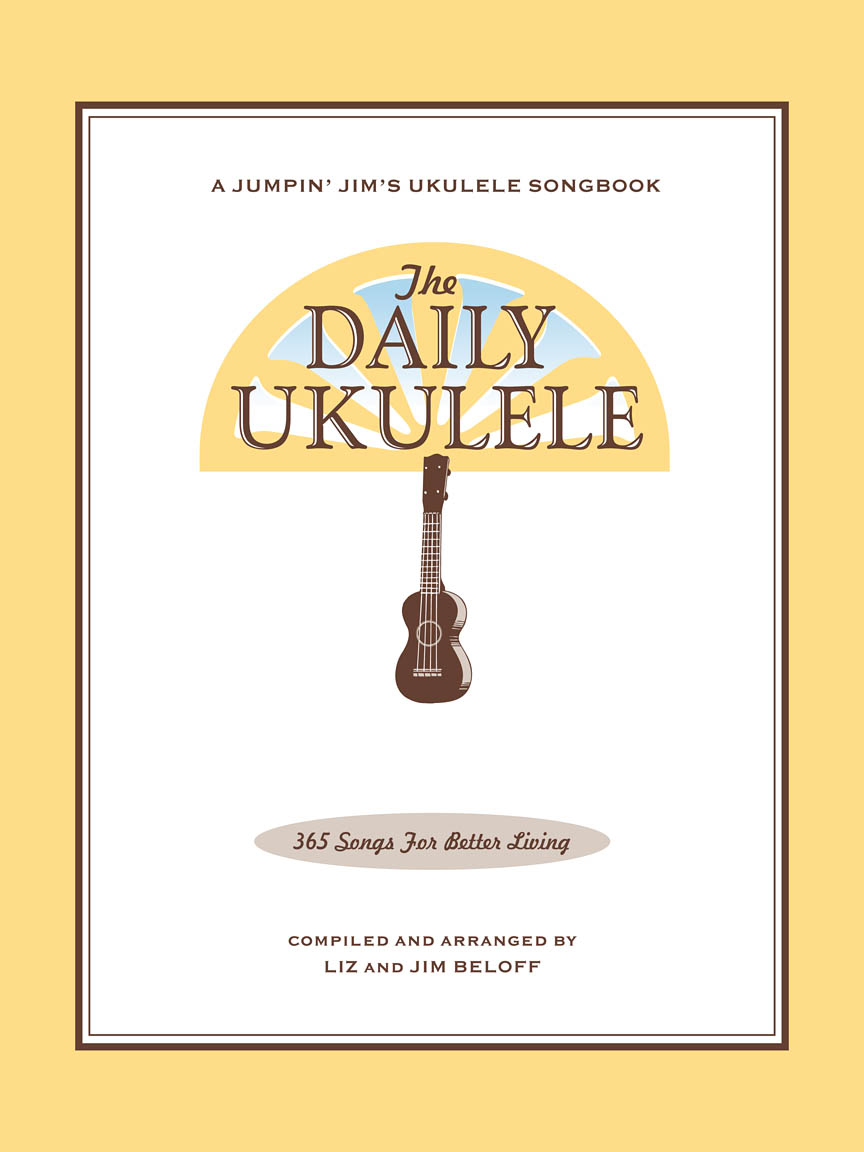
The Daily Ukulele— 365 Songs for Better Living book.






I7
( V of IV)
I7
( V of IV)
II7
( V of V)
II7
( V of V)
II7
( V of V)
Fine
I7
( V of IV)
D.C. al Fine
A Harmonic Analysis (RMA/HA) and its worksheet are intended to show the function of the chords, the harmonic principles used, the keys and tonalities the song explores. And, can be used for scale selections and chord and scale substitutions.
lead leadsheet.Minimal roadmap information such as repeats, fine, D.S., D.C., and codas has been used in preparing the worksheets to somewhat mirror the leadsheet in the Daily Ukulele book.
Yellow Book. You should start to recognize that 1st endings typically always return to a previous verse or an
 section. With a 2nd ending, a transition to a different part of the song, a
section. With a 2nd ending, a transition to a different part of the song, a  or chorus. Harmonic Principles are used for these repeats and transitions.
or chorus. Harmonic Principles are used for these repeats and transitions.- Wake Up Little Susie is in 4/4, Cut TIme Time and the Key of F . The original is in the Key of D , Tempo: 94 bpm
- Full Diatonic
- Partial Diatonic • Full Diatonic includes Secondary Dominant chords
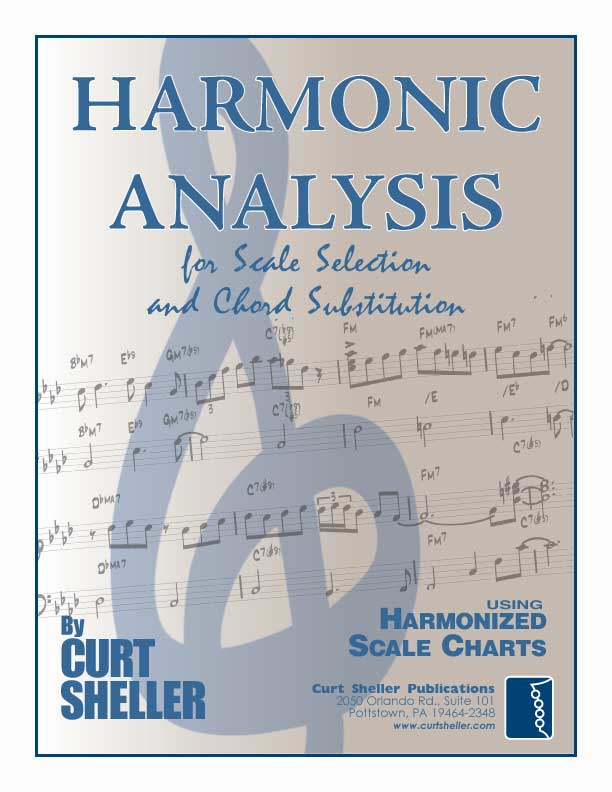
Contemporary Scales: Minor Pent: Minor Pentatonic, Pent: Major Pentatonic, Blues,
Scale/Mode Names: Ion: Ionian (Major), Dor: Dorian (Minor), Phrygian: Phrygian, Lyd: Lydian, Mix: Mixolydian (Dominant), Aeol: Aeolian (Natural Minor), Loc: Locrian
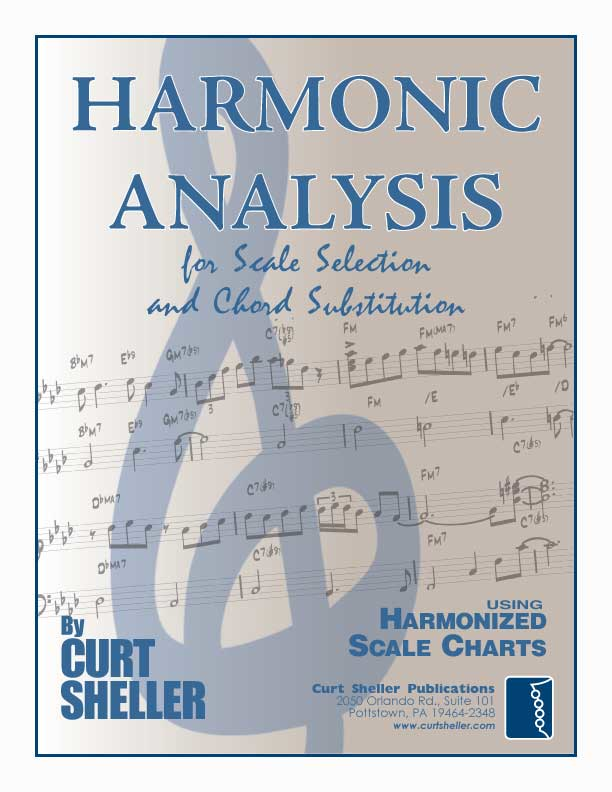
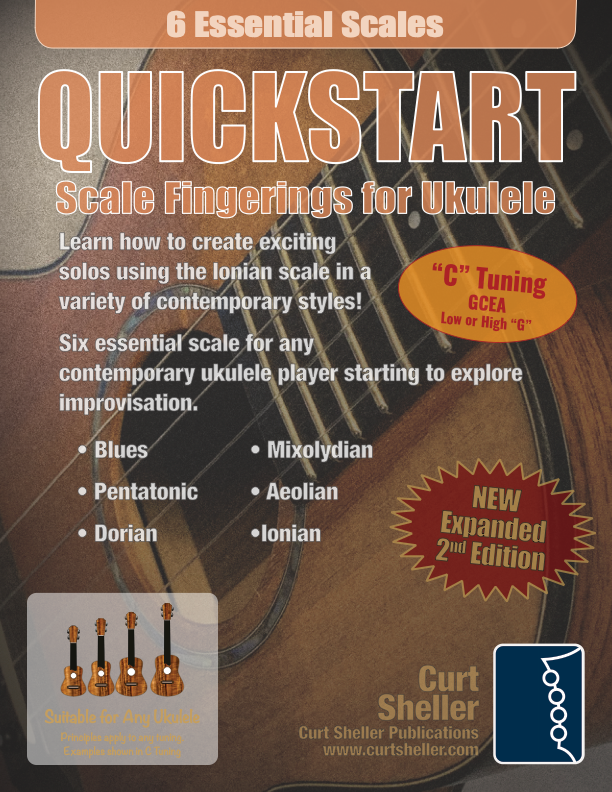
Intro
Two Measure/bar Intro then in the Chorus.

Rhythmic Strumming Pattern for Intro and Verses. Sounds better on a Low G
, C Tuning as it is closer to the guitar's liner tuning of t eh recording. Will work on High as well.
- (wikiwand); Wake Up Little Susie
- Wake Up Little Susie •
Related Lessons, Videos, Lesson Series, Songs, Books & Reference Charts, Resources & Assets, Workshops are below.



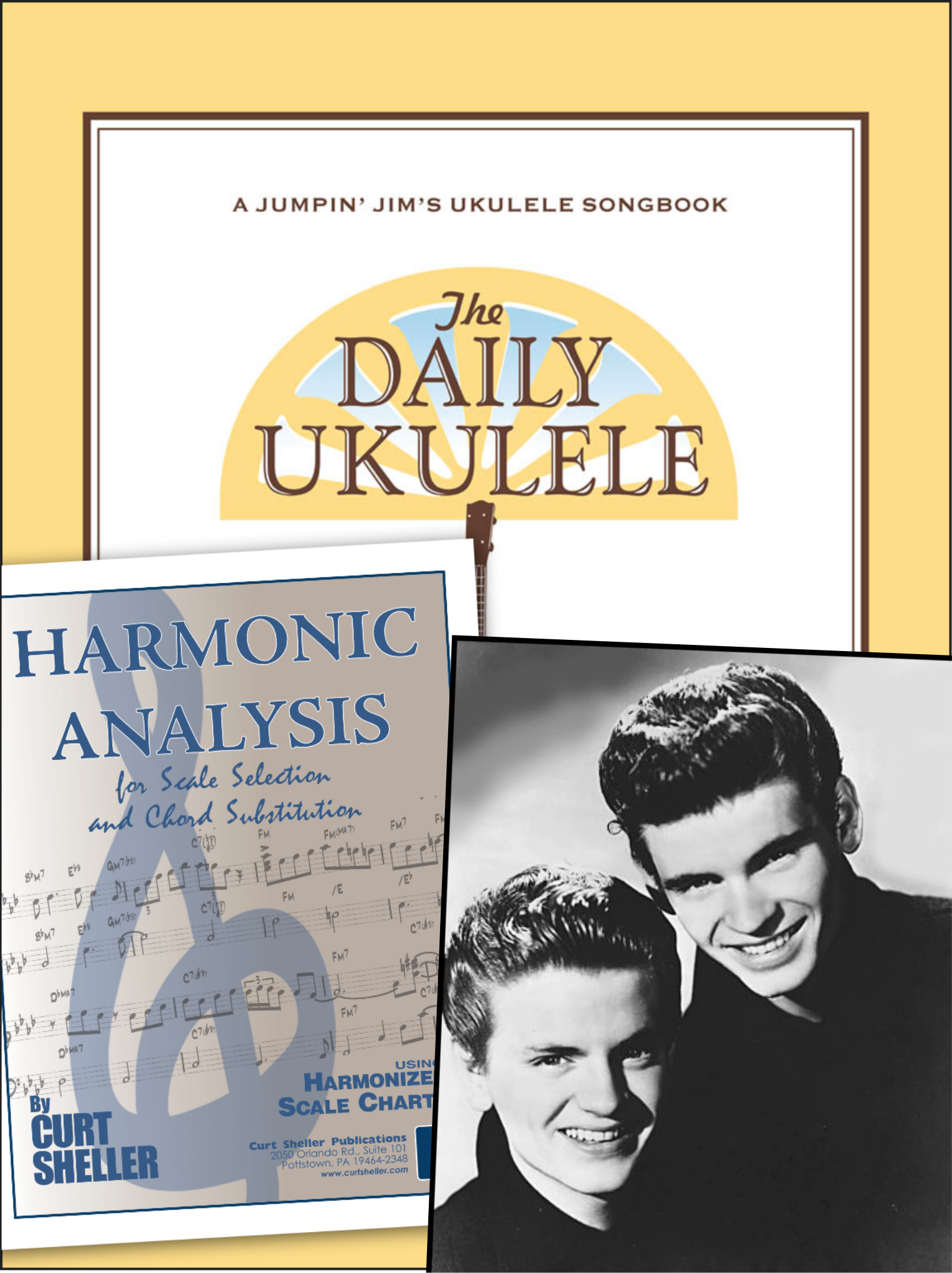
.jpg)